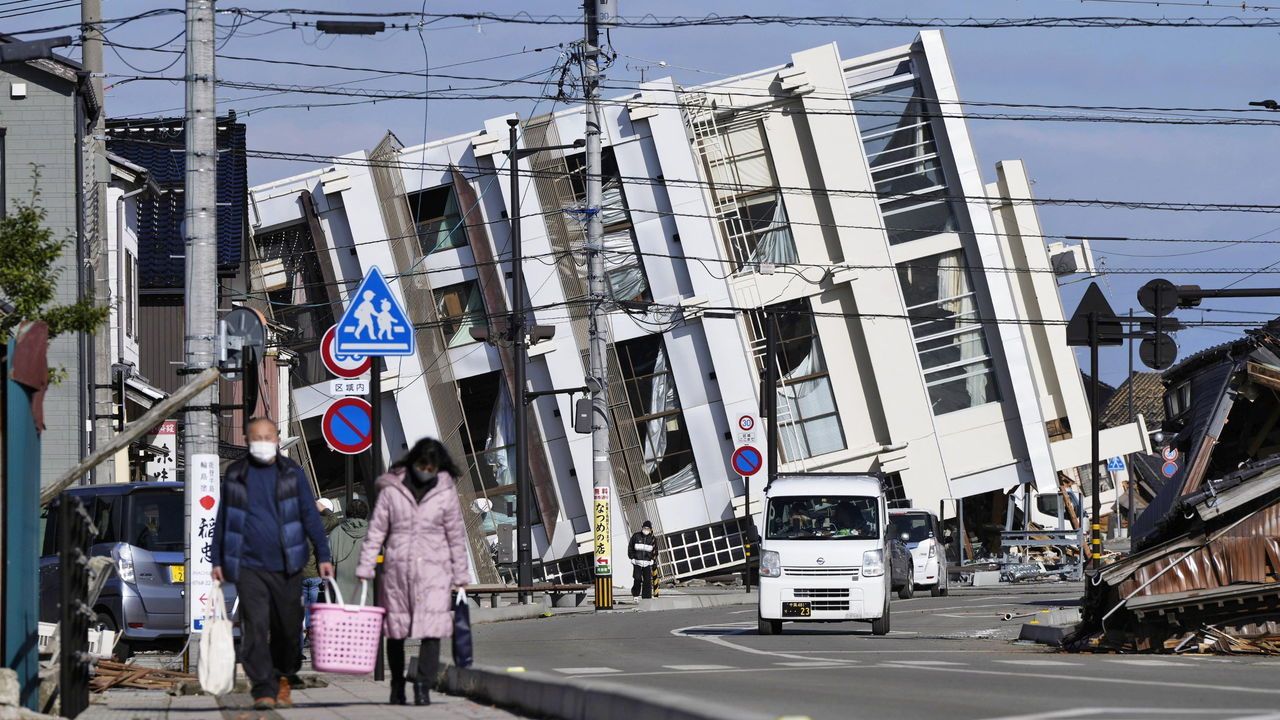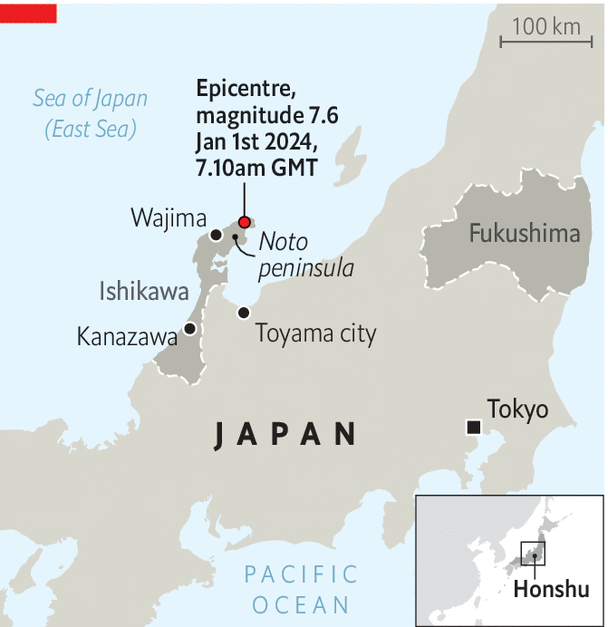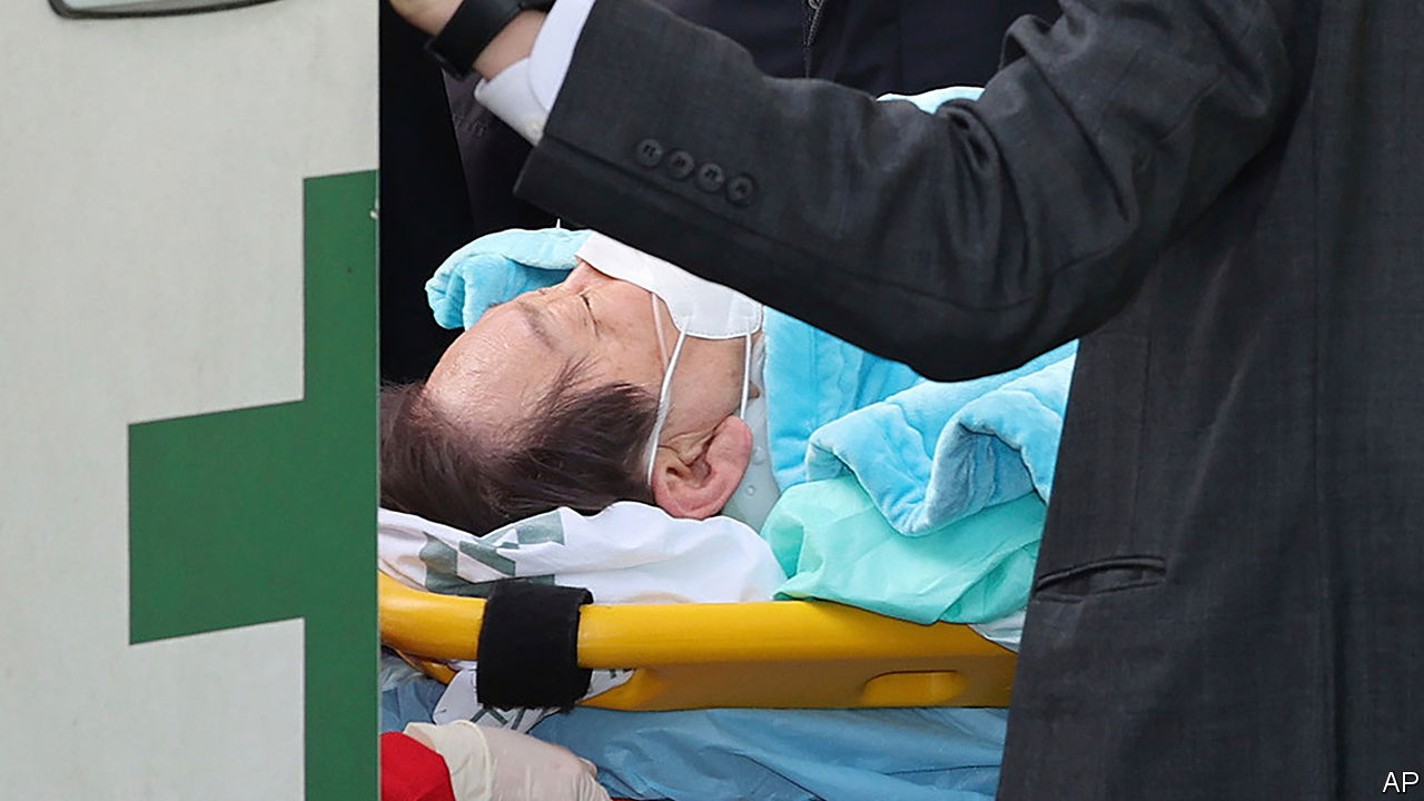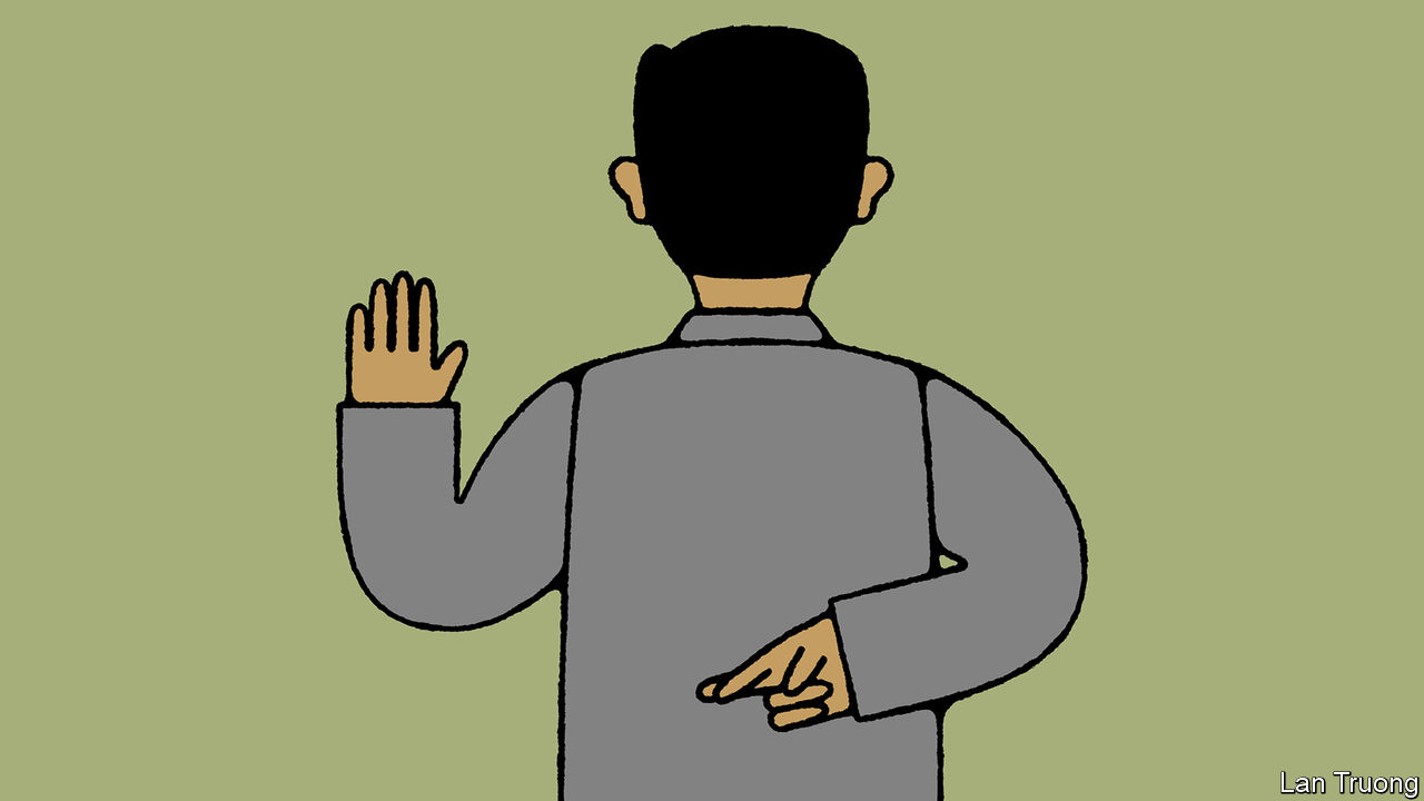A major earthquake in Japan highlights the country’s resilience
At least 48 were killed. But the feared tsunami did not happen

THE NEW YEAR began dreadfully in Japan. At around 4:10pm on January 1st a major earthquake struck the Noto peninsula on the northern side of Honshu, the country’s main island. Tremors could be felt in Tokyo, some 300km (185 miles) away. Officials warned of a major tsunami with five-metre waves, and urged residents along the coast to evacuate. “Remember the Great East Japan Earthquake,” pleaded an announcer on NHK, the national broadcaster, referring to the quake in 2011 that triggered a vast tsunami and a meltdown at the Fukushima nuclear plant. Large yellow characters reading: “Tsunami! Run away!” featured on news broadcasts for hours.

The disaster proved less severe than was feared. The most intense tremor measured magnitude 7.6, compared to 9.0 during the earthquake in 2011. The big tsunami did not materialise, with the highest waves reaching 1.2m in Wajima port, near the epicentre. As of 3:30pm on January 2nd, 48 people were confirmed dead. While tragic, that is a far cry from the roughly 20,000 people killed in 2011. Several nuclear plants were within range of the tremor but none experienced any abnormalities, according to the Nuclear Regulation Authority, a body set up in the wake of the Fukushima meltdown.
Even so, the earthquake caused severe damage and disruption. Some 97,000 people were initially ordered to evacuate their homes. More than 30,000 households lost power; water service ceased in dozens of towns and villages. Around 200 buildings were destroyed by a single fire in Wajima. Bullet-train service was halted. The runway at Noto’s main airport cracked. Many roads collapsed, further complicating evacuation and rescue efforts. Officials warned of major aftershocks in the coming days. In light of all the suffering, Japan’s emperor and empress cancelled their traditional New Year’s appearance, planned for January 2nd.
More was to come. On January 2nd a Japan Airlines flights was engulfed by flames as it landed at Tokyo’s Haneda airport. Early reports suggest it collided with a Japan Coast Guard plane dispatched to deliver supplies to the earthquake disaster zone. All 379 passengers and crew aboard the civil aircraft survived, but five of six crew members on the Coast Guard flight were killed.
Japan sits in one of the world’s most seismically active areas. Major earthquakes have occurred regularly throughout its history, often causing political aftershocks. In 1923 a magnitude-7.9 quake struck near Tokyo, causing a disaster in which at least 105,000 perished. The tragedy prompted the government to introduce seismic building codes and to support extensive research into plate tectonics.
Japan is still dealing with the aftermath of the Great East Japan Earthquake, in particular the Fukushima meltdown, which led to the country temporarily shuttering its nuclear plants. The current government has been pushing to revive nuclear power, and public opposition has softened in recent years. But each subsequent quake is a reminder that seismic risk is ever-present.
Yet the earthquake in Noto also shows how resilience can be cultivated. The destruction would probably have been much worse were it not for Japan’s attention to disaster risk. The country invests heavily in prevention measures. Early-warning systems beam messages about big quakes to mobile phones and TV screens; one such alert for an aftershock on January 1st interrupted NHK’s live broadcast of an appearance by the prime minister. Local governments and businesses plan and train rigorously for disasters. Ishikawa prefecture, which includes the Noto peninsula, created a Disaster Countermeasures Headquarters almost as soon as the disaster hit.
By the afternoon of January 2nd NHK’s broadcasts were filled with images of emergency responders surveying damage and residents receiving water from relief workers. Elsewhere, many New Year traditions continued: on Japanese Twitter (now X), the top trending topic early on January 2nd was the Hakone Ekiden, an annual long-distance race. JR East, which operates trains in the regions closest to the quake, had its bullet-train lines running again by 3pm on January 2nd. That was less than 24 hours after the quake struck. ■
More from Asia

Lee Jae-myung, South Korea’s opposition leader, survives a stabbing
The motive for the attack is unclear

Anwar Ibrahim, Malaysia’s prime minister, is wasting his opportunity
Having sought the top job for decades, he is making a hash of it

China is stoking a controversy in order to influence Taiwan’s election
Is the island’s ruling party trying to “de-sinicise” students?